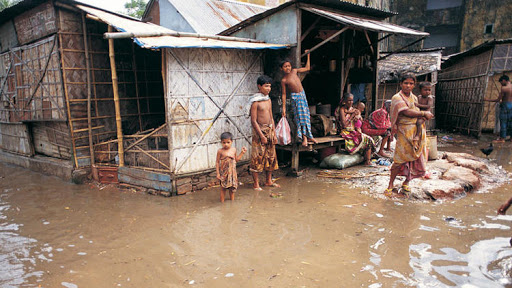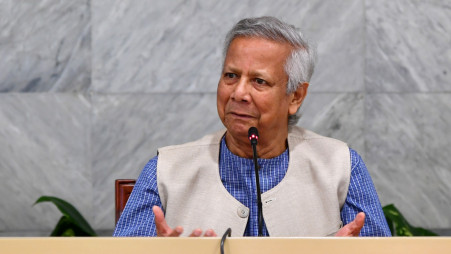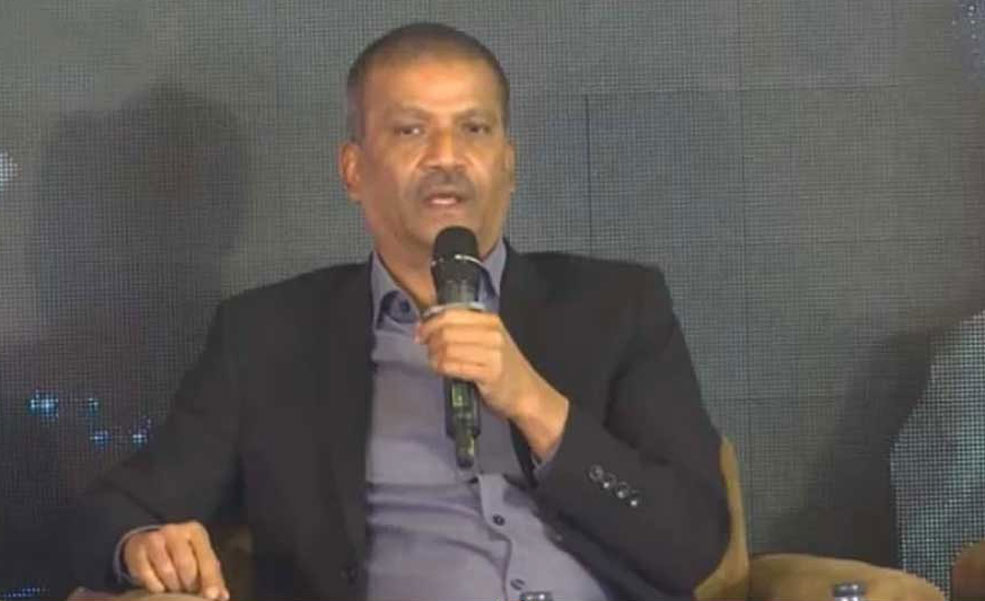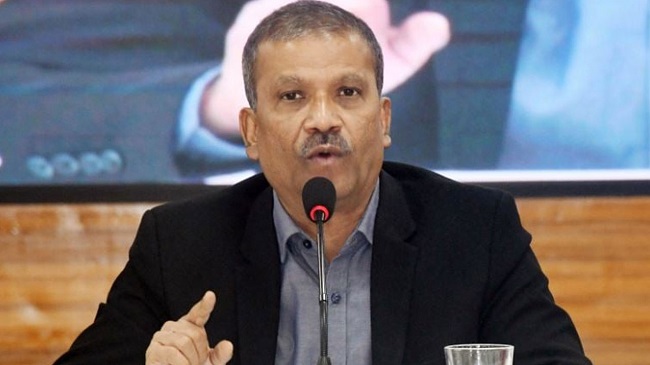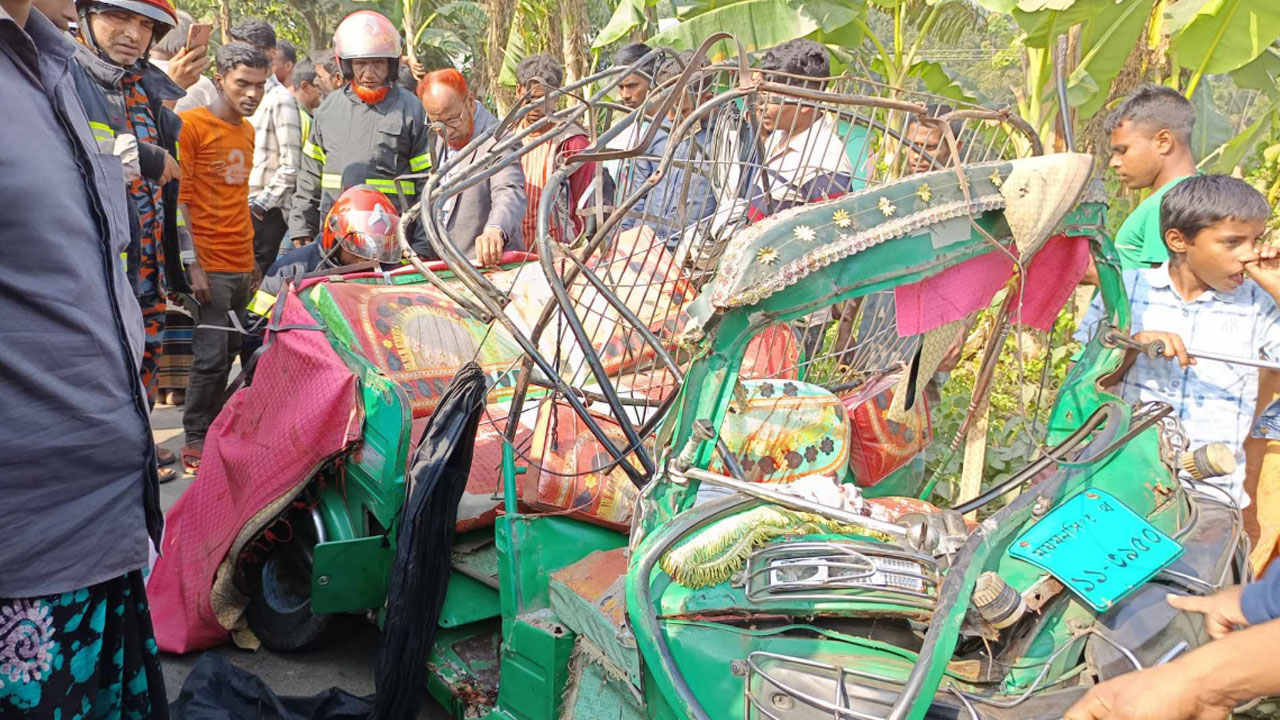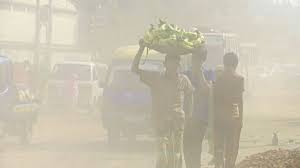As many flood victims in central Bangladesh started returning home after several weeks to find their houses in ruins, hundreds of people moved to flood shelters in the coastal region over the past few days.
Three rivers, including the Padma and Meghna, flowed above their flood levels in central Bangladesh until Wednesday with many villages remaining in the grip of severe water stagnation set to continue for a while unless the government made special efforts to release it.
In the north, from where floodwater receded about two weeks ago, rehabilitation has not yet started with hundreds of people, especially the victims of erosion, still unable to get a roof over their heads.
‘I don’t think I would sleep in a decent home anytime soon,’ Abul Hossain, 55, a resident of Malatipara of Hogra in Tangail Sadar, told correspondent in Tangail.
After returning home several days ago, Abul found his house completely damaged and put together a tent out of polythene accommodating all six members of his family.
His neighbour Abdul Mannan met with a worse situation with his two houses and crop fields completely destroyed in the flood.
Abdul Mannan is living in his broken house, part of which he renovated to make enough room so that six of his family members could get a place to lie down at night.
‘There is no food, no work, and no drinking water. We have nothing,’ said Mannan.
Mannan walk miles every day looking for work as a daily wage earner but returns empty-handed almost regularly as the flood and the coronavirus epidemic has drastically reduced employment opportunities in and around his village.
His fields are under tons of mud dumped by flooding rivers which he could not afford removing as he doesn’t have the means to hire any hand.
On Tuesday, state minister for disaster management and relief Enamur Rahman said that they would restore every house damaged in the flood and help every one of the affected people.
Local government representatives are under huge pressure and they have been mere spectators of people’s sufferings for they did not get anything from the government to help the flood victims.
‘I asked the authorities for emergency help for those rendered homeless time and again but to no avail,’ said Ruhul Amin, chairman of Gangachara upazila in Rangpur.
Gangachara emerged as one of the worst flood-affected areas where erosion left thousands of families homeless. In Laxmitari union in the upazila about 1,000 families lost their houses.
‘I am sorry to say that I could not be of any help to my people in their times of need,’ Laxmitari union parishad chairman Abdullah Al Hadi lemented, correspondent in Rangpur reported. He said that he got no help from the government for rehabilitation.
In Munshiganj erosion victims were trying to build houses on their own but frequent erosions made some of them so poor over the years that they got nothing left with them to begin afresh, correspondent in the district reported.
Some of them are even unable to build temporary polythene tents because the land they used to live in is now overrun by stagnated water.
Rahima, a resident of Kanakshar union, Louhojong, said that water stagnation felt like a death blow after a prolonged flood as it would continue for weeks, if not months.
‘The government is responsible for water stagnation for it destroyed natural water drainage system with unplanned development,’ said Rahima.
Munshiganj deputy commissioner Moniruzzaman Talukder said that the government was yet to provide them with a rehabilitation plan or fund. Bangladesh is seeing the worst flooding in decades with parts of it remaining under water ever since June 27, when heavy rain in upstream triggered first monsoon flooding in north.
The flood spread gradually to the central parts and engulfed about 40 per cent of the country by late July, the peak when 33 districts were flooded at a time with over 5.5 million affected.
The floodwaters receded from the north in early August but slowly and parts of central districts are still under water. Health emergency control room said that so far 247 people died because of flood-related causes.
A Flood Forecasting and Warning Centre bulletin released Wednesday morning said that floodwater might recede from Manikganj, Rajbari and Faridpur districts through Thursday.
Meanwhile flooding in parts of coastal districts worsened as sea water continued to gush in through the breaches flooding the polders last week.
About half of Koyra, a southern district in Khulna, was engulfed by seawater until Wednesday with major roads in the upazila going under water and thousands of people moving to the government shelters and onto the embankment.
Koyra upazila nirbahi officer Animesh Biswas told New Age that so far 1,520 people sought shelters at eight


